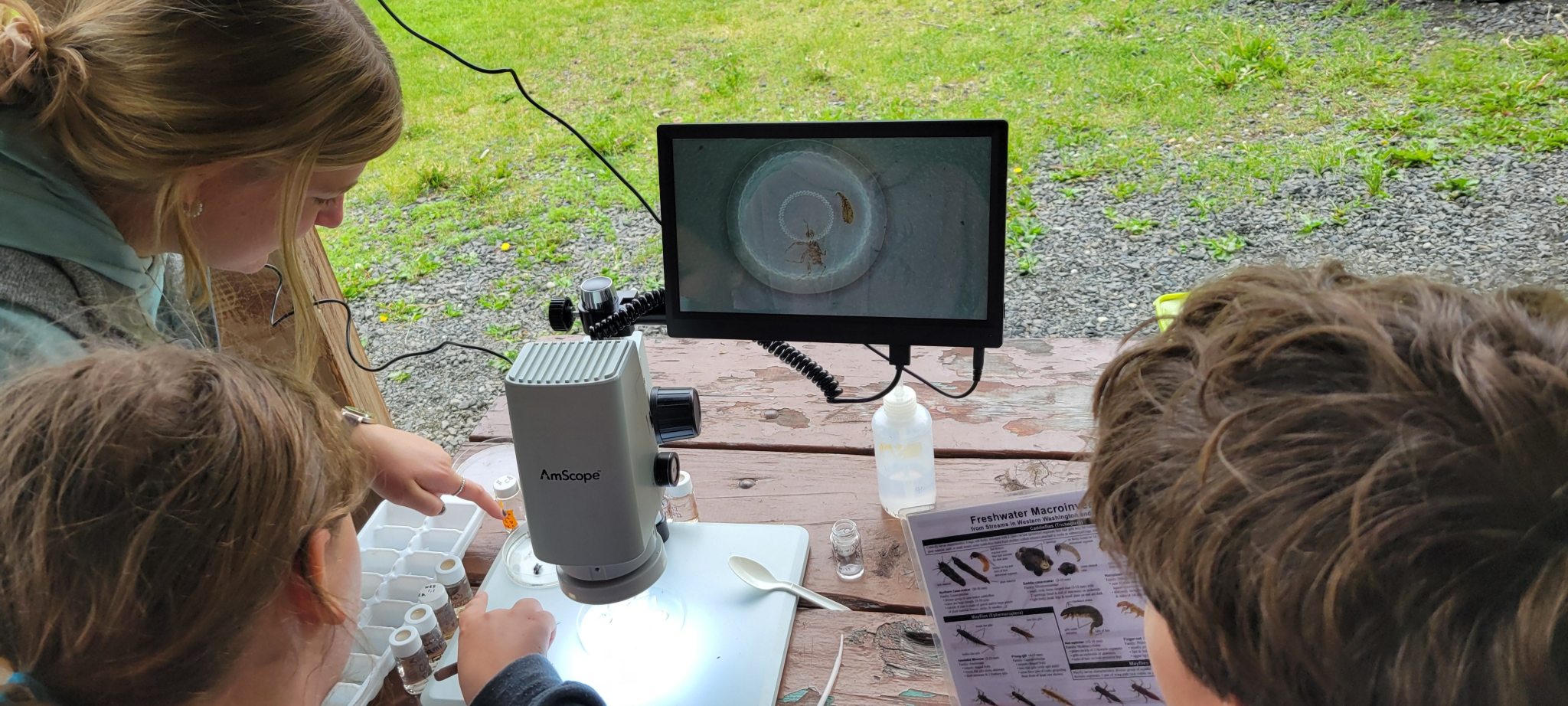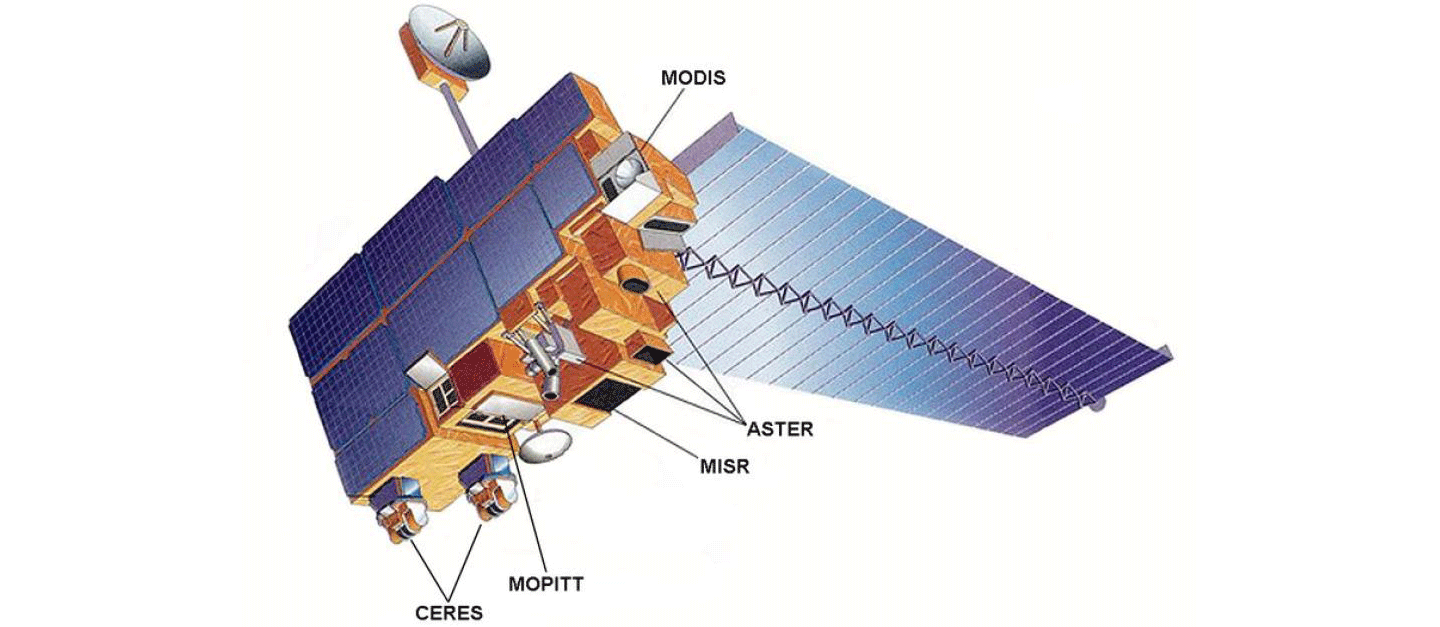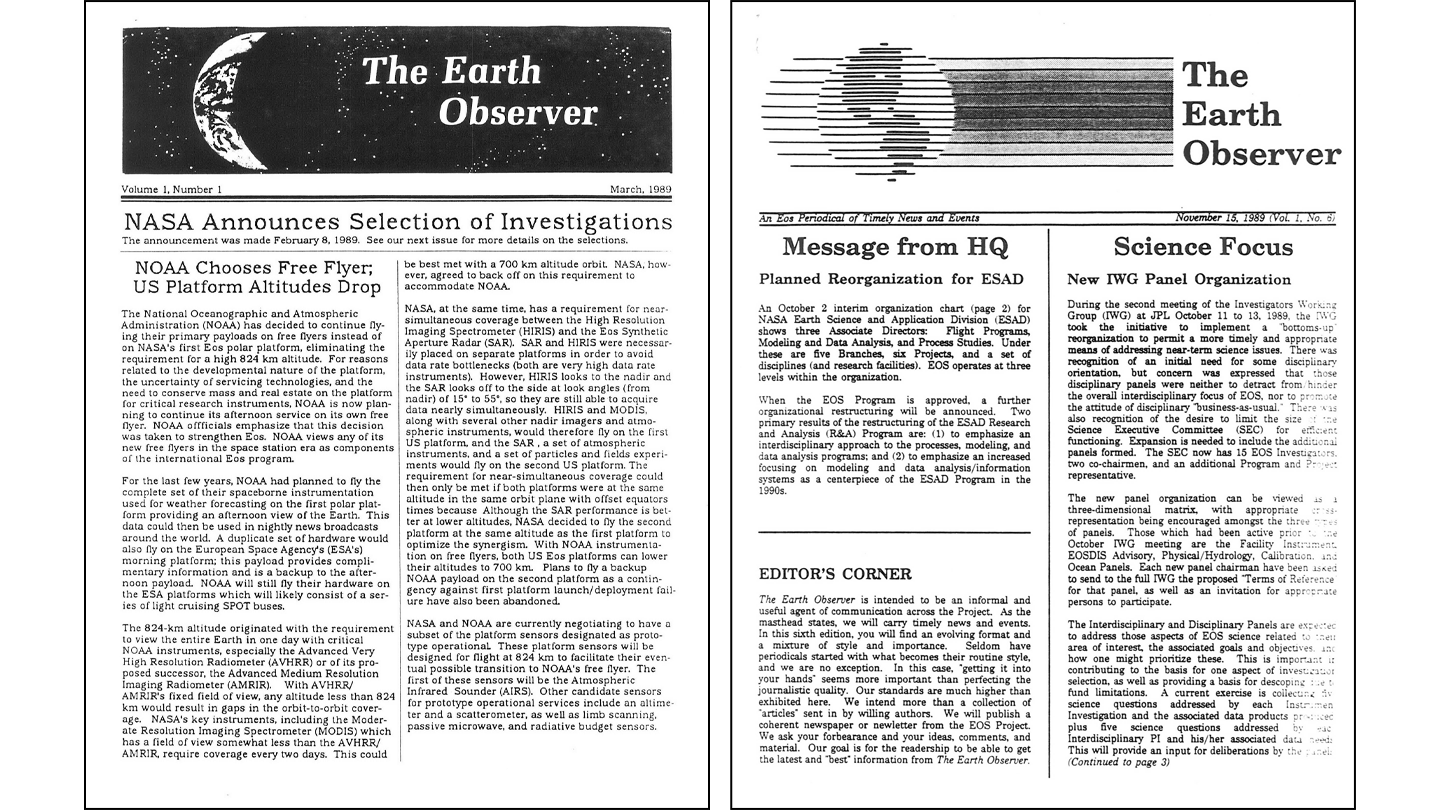As a 16-year old high school graduate, Maggie House decided to leave the military base in Germany where she lived with her family and go to college close to nature in Fairbanks, Alaska. She had lived in many countries and US states and knew she was ready. At the University of Alaska Fairbanks Troth Yeddha’ campus in Fall 2022, Maggie enrolled in a 300-level Watershed Management course, which required all students to implement a Global Learning and Observations to Benefit the Environment (GLOBE) project and poster. Maggie’s project focused on using the GLOBE Observer App to monitor the erosion of nearby Cripple Creek, which had a history of mining and made Fairbanks famous for its gold. She and a classmate wrote a funded mini-grant proposal to study how ice was related to erosion. While not on the frozen creek, Maggie worked as a student employee with the NASA Science Activation Program's Arctic and Earth STEM Integrating GLOBE and NASA (SIGNs) team at the International Arctic Research Center, during which she trained teachers and mentored students at Alaska’s first-ever Student Research Symposium in 2022. Maggie also wrote an article about the symposium, published on the University of Alaska Fairbanks News page: https://www.uaf.edu/news/alaskan-youth-present-research-earth-day-symposium.php
When the ice melted and the symposium ended, Maggie wanted to study the freshwater habitats of the Creek using GLOBE hydrosphere protocols, so she wrote another proposal. Maggie got a full scholarship and grant funding through Biomedical Learning and Student Training (BLaST), supported by the National Institutes of Health. Her work earned recognition in the US Fish and Wildlife Service story, “Natural Flows Return to Cripple Creek” and honors as the December 2023/January 2024 BLaST Scientist of the Month. The story does not stop there. In May, 2024, Maggie House graduated with a Bachelor of Science degree and received the first-ever GLOBE internship at the Fairbanks Soil and Water Conservation District, where Maggie House leads the summer Youth for Habitat program for middle school students. Today, you can find Maggie in Cripple Creek near Fairbanks, Alaska, teaching students to learn science by doing science.
“I have a firm belief that the health of our environment is intertwined with the health of humans. I am interested in making science-related issues more understandable, for everyone to be a part of their local community. In my future, I see myself continuing to work towards strengthening the relationship between humans and nature and promoting the conservation of our dependence on one another.” - Maggie House
Arctic and Earth SIGNs created the conditions for Maggie as an undergraduate student to collect OpenSource GLOBE data that contributed to local solutions, to be awarded funding to pursue actionable research, and to be a leader for educators and future learners. Maggie's data on ice conditions informed the engineering redesign of the Cripple Creek stream restoration project. Her success in using GLOBE protocols and culturally responsive research methods modeled by Arctic and Earth SIGNs gave her the confidence to write a research proposal and be awarded a full undergraduate research scholarship. Maggie was the first person in the world to monitor aquatic invertebrates in Cripple Creek just three weeks after flow was restored to the creek after 85 years. In Arctic and Earth SIGNs, environmental stewardship is a culminating part of the Learning Framework. Now, Maggie leads the stewardship of salmon habitat in Cripple Creek and mentors middle school youth to pursue STEM fields as a GLOBE trainer and mentor. Maggie's story matters because one person, with a Science Activation support network and a focus on real-world environmental issues, can make a difference.
Arctic & Earth SIGNs is supported by NASA under cooperative agreement award number NNX16AC52A and is part of NASA’s Science Activation Portfolio. Learn more about how Science Activation connects NASA science experts, real content, and experiences with community leaders to do science in ways that activate minds and promote deeper understanding of our world and beyond: https://science.nasa.gov/learn


































